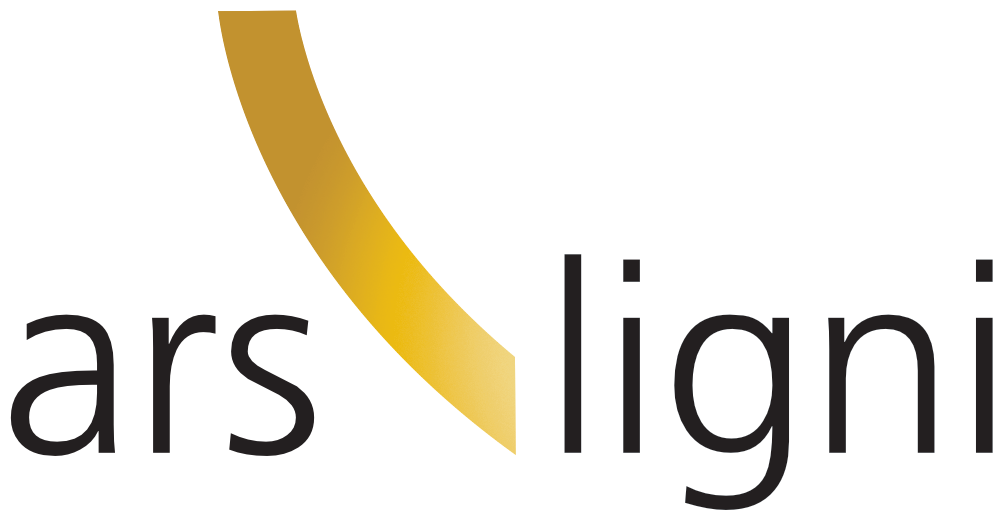The database is the result of the German-Czech research project “Late medieval art in the Montane Region Ore Mountains”, which focused on the research of late medieval religious art from around 1450 to 1550 reflects upon the common economic and cultural-historical background. The German-Czech cooperation improved expertise in late medieval art in the Ore Mountains and strengthen the transnational networks of art history, conservation of artistic assets, preservation of historical monuments and museums. With the conservation and restoration of selected artistic assets in Bohemia and also the comprehensive art historical, art technological and conservational inventory of late medieval religious art in the Saxon Ore Mountains, the project contributed to preservation this rich cultural heritage. Project partners were the Regional Office Ústí nad Labem | Department for Culture and Monument Care, the Regional Museum and Gallery in Most as well as the Dresden University of Fine Arts (HfBK Dresden). The project ran from 2018 to 2021 and was funded by the cooperation programme “State of Saxony – Czech Republic 2014 – 2020“ by European Regional Development Fund (ERDF). The junior research group “Digital Research Platforms in Conservation, Preservation and Restoration of Artistic and Cultural Assets”, funded by the European Social Fund (ESF) as part of the Union’s response to the COVID-19 pandemic with co-financing from the Free State of Saxony, has further developed the database.
Even after completion of these projects, the database will be further operated and expanded by the Dresden University of Fine Arts, study programme restoration. The examinations form the necessary basic work for further scientific research and are necessary for sustainable monument preservation activities. The comparative evaluation of systematic art-technological and art-historical investigations enables insights into medieval art production including its economic connections, artistic exchange and workshop traditions. Establishing a comprehensive Corpus of late medieval wood sculptures and panel paintings in Saxony is overall objective.
The examinations take place in situ at the current location of the objects according to a system, developed in the project and focused on art-technological and art historical aspects. They contain a detailed review and evaluation of the relevant secondary literature and primary sources, including reports, chronicles, historical documents, church and business books etc. in the respective archives, as far as accessible. At first, basic data on object identification and object history are collected. In addition, detailed descriptions, iconographic classifications and information on the function and use of the artworks are gathered. Other investigations focus on used art technology, e.g. manufacturing techniques of the wooden sculptures and panels, gilding and painting techniques and materials. Later changes on the artworks are documented, as well as the current state of preservation. Based on the results of the previous investigations, art historical classification and dating are carried out. Comparative stylistic analyses, questions about principals and the original installation site should provide information on respective artwork in the context of its manufacturing time. The examinations are based on non-destructive, visual methods and may be supplemented by other imaging techniques (UV fluorescence, infrared and X-Ray), with microscopic enlargement, as well as sampling and archaeometric analyses. All results are documented in writing and photographically. For administration of the object data and their comparative evaluation, the examination results are entered in the project internal research database arsligni.org.
To view all contents of the research database, an accreditation is required. For copyright and data protection reasons, object-related datas can only be provided in the password-protected staff zone. Colleagues are cordially invited to any scientific discourse within the access-protected working level. To view all contents, please apply for registration in the project management.
